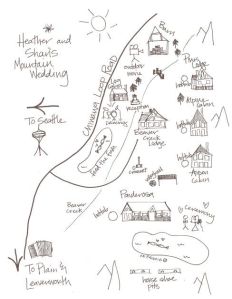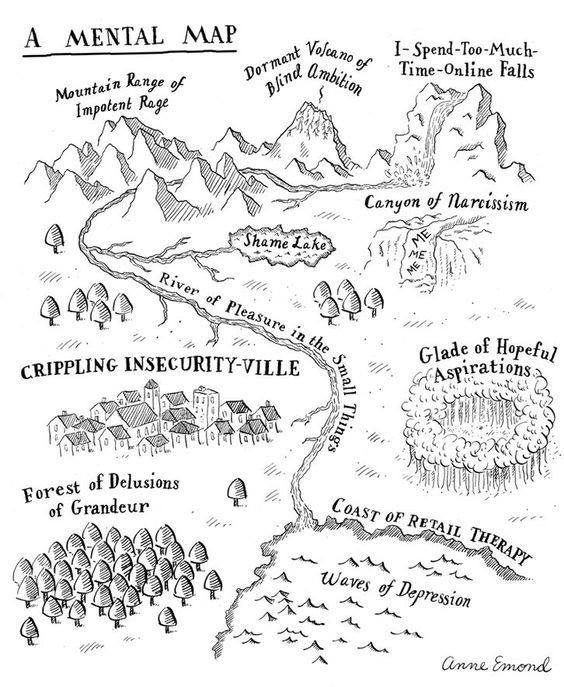Whether you write general fiction or genre fiction, when it’s time to review that completed first draft and look for loop-holes in the substantive/content portion of your manuscript, WORLD BUILDING should not be taken for granted.
Now, it’s true that if you happen to write science fiction or fantasy that take place somewhere other than present-day Earth, you will already have some general world building done in advance of writing your novel–or at the very least have taken notes during the writing of it to help keep you on track.
I’m not here to explain how to world build because that’s a “writers’ craft” item not an “editing” item.
World Building deals with a lot more than just the physical space of the world in your story. However, this very simple element may not be so simple once you try to actually plot out where your characters go within the scope of your book.
What you need to realize is that even if you have a perfect mental image of what happens and where throughout the course of your story, this might not be coming through to your readers.
So, how do you check/fix your story-world’s functionality?
It doesn’t matter if you can’t draw. Squares for buildings and lines for roads are really as advanced as you need to get. The point is, during that first read, after the book is written, you need to make sure the reader can easily follow the physical progression of your characters from Point A to B to Z.
As you read, place your opening location on the page where you think it might fall in the grand scheme of the story. If you know for a fact that the bulk of the action takes place downtown but chapter one starts on the outskirts of town, then don’t place chapter one’s location in the middle of the page … put in on the outskirts 😉
If your character will be driving to other towns, and not spending much time in her hometown, then consider a location closer to the middle of the page.
 Regardless, if you run out of room tracking down the streets and airports needed, add more paper to your map. Let it get as big as it needs to be–just be honest with yourself about where things are.
Regardless, if you run out of room tracking down the streets and airports needed, add more paper to your map. Let it get as big as it needs to be–just be honest with yourself about where things are.
First drafts are notorious for having their writers say Dion’s house is by the police station in one chapter and then slipping up and saying it’s by the fire station in chapter seven (when we know full-well that the town is too small to have its own fire station).
Make different kinds of maps too.
Physically mapping out the progression of your characters movements through out the book isn’t always necessary, but it is a great way for a writer to catch simple glitches before it’s time to pay an editor for their time and expertise 😉
Happy Editing 😀
Categories: Editing



This is a great idea. I will use it to map out characters in my next fiction book describing the interrelationship of an extended family.
LikeLike
That’s the idea 😀 It’s a great tool that’s also fun to use.
LikeLike
As far as literal maps go, even in the most mainstream of mainstream fiction, it’s not a bad idea to have a simple floor plan of the protagonist’s house, for example, so you don’t forget which end of the hall the guest bedroom is on or whether the window in the kitchen is to the left or right of the door.
I once tried to draw a “map” of how the various settings interconnected in the stories my brother and I write together, using characters as the “intersection” points because so many characters from one story end up migrating to another. After a few attempts, I realized it wasn’t going to work — depicting it visually, I mean — unless I made the “map” three-dimensional.
LikeLike
Ah… but you could have tried for a three-dimensional map/model with straws, and tape, and everything 😉 But I understand — writing is more fun than plotting 😉 At least if you’re able to get a sense of where things are between you and your brother, that’s better than simply ignoring the possibly of error 😀
LikeLike